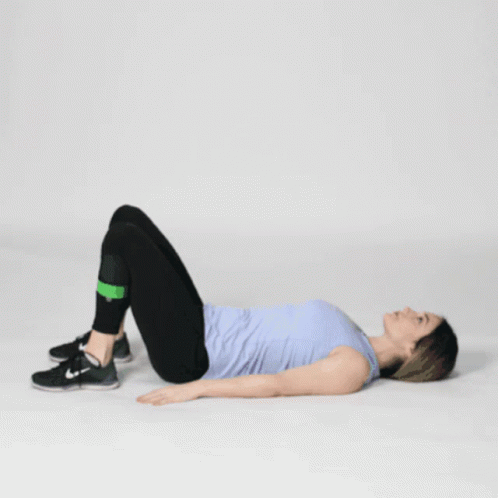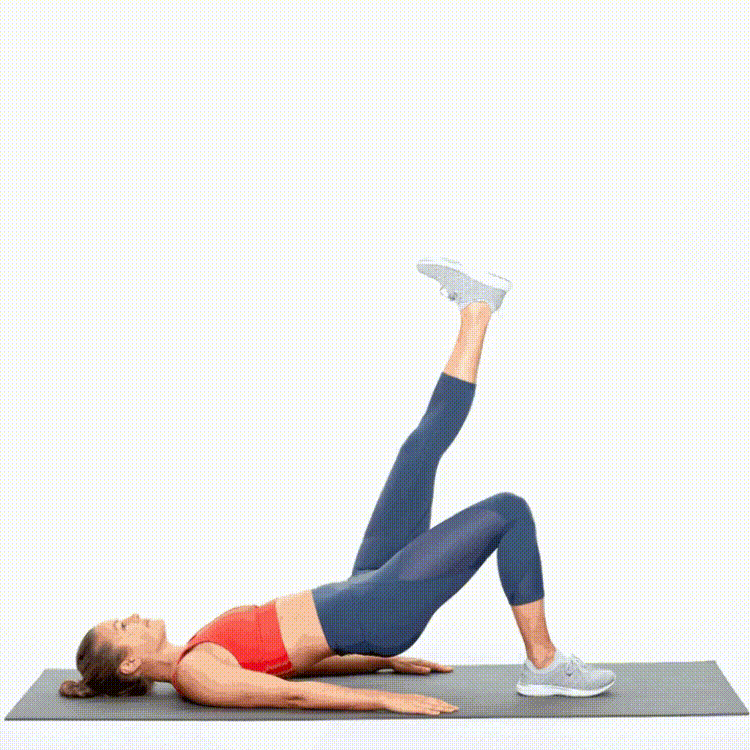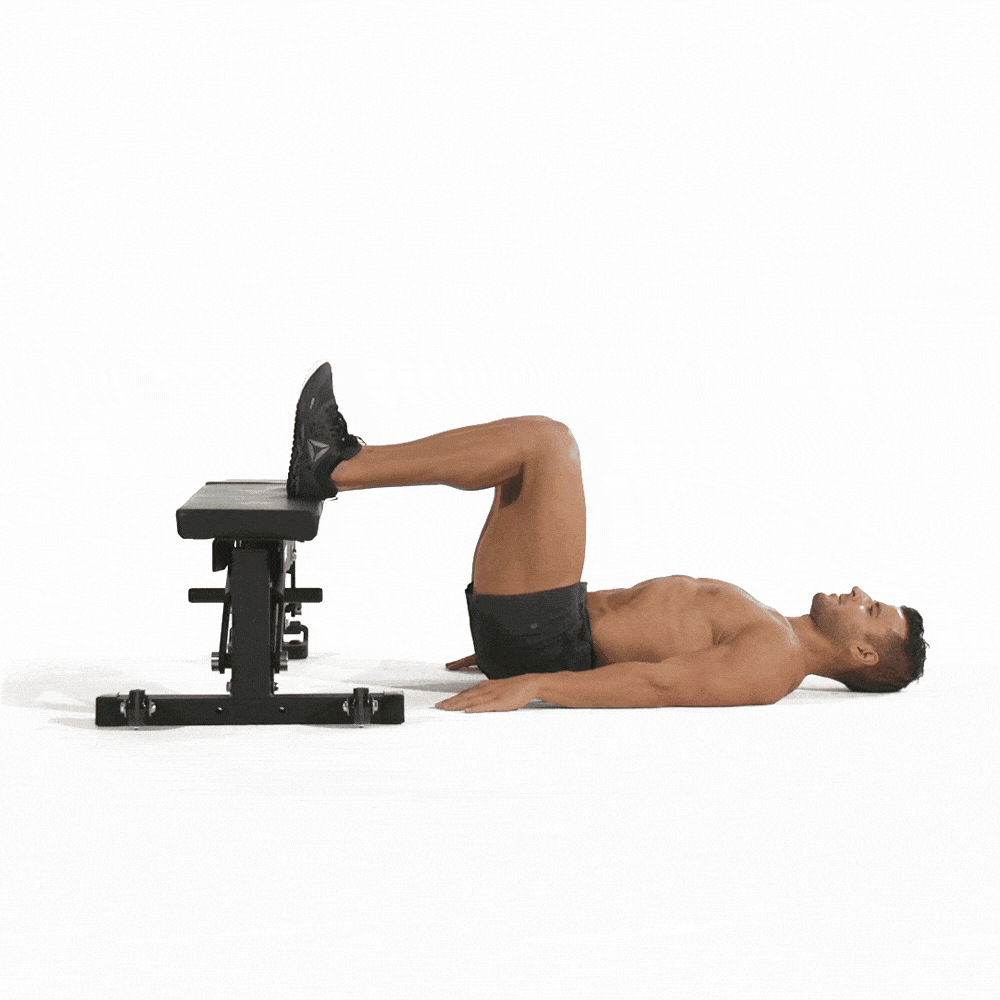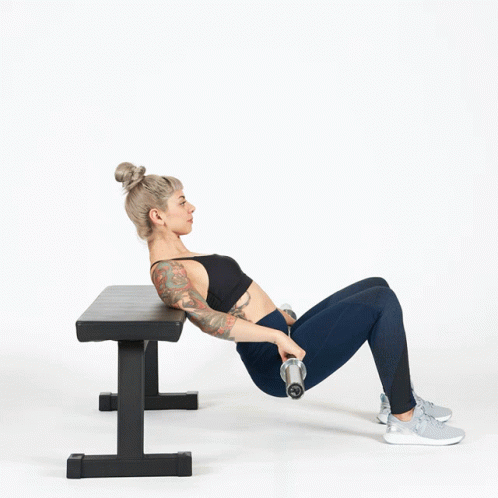MASTERING THE ART OF BRIDGE EXERCISES: A COMPREHENSIVE GUIDE TO SCULPTING YOUR GLUTES NATURALLY
When it comes to sculpting and toning the glutes, bridge exercises stand out as a versatile and effective tool in any fitness enthusiast’s arsenal. By engaging the glute muscles and the surrounding posterior chain, bridge exercises offer a natural and holistic approach to achieving a firm and rounded derrière.
In this comprehensive guide, we will explore various types of bridge exercises, each designed to target and tone the glutes in unique ways, allowing individuals to customize their workout routine and achieve their desired results.
Basic Bridge:

- The basic bridge serves as the foundation for all bridge exercises.
- To perform this movement, lie on your back with knees bent and feet flat on the floor.
- Engage your glutes and core as you lift your hips off the ground, creating a straight line from your shoulders to your knees.
- This fundamental exercise effectively targets the glute muscles and sets the stage for more advanced variations.
Single-Leg Bridge:

- For those seeking an added challenge, the single-leg bridge is an excellent progression.
- Begin in the same position as the basic bridge, then extend one leg straight out while lifting the hips off the ground using the support of the other leg.
- This unilateral movement not only intensifies the engagement of the glutes but also enhances stability and balance.
Elevated Bridge:

- By elevating the feet on a stable surface such as a bench or step, the elevated bridge increases the range of motion and further activates the glute muscles.
- This variation provides a deeper stretch and contraction, leading to greater muscle recruitment and a more comprehensive workout for the glutes and hamstrings.
Weighted Bridge:

- Incorporating external resistance, such as a barbell, dumbbell, or resistance band, into the bridge exercise can significantly enhance its effectiveness.
- By placing the weight across the hips or holding it in the hands, individuals can increase the intensity of the exercise, leading to greater muscle hypertrophy and strength development in the glutes.
Incorporating these various types of bridge exercises into a well-rounded workout routine can lead to significant improvements in glute strength, tone, and shape. By progressively challenging the glute muscles with different variations, individuals can tailor their workouts to their specific goals and preferences, ensuring a comprehensive and effective approach to glute sculpting.
In conclusion, mastering the art of bridge exercises offers individuals a natural and versatile means of toning and rounding their glutes. By exploring and incorporating different types of bridge exercises into their fitness regimen, individuals can unlock the full potential of this foundational movement and achieve their desired results in a sustainable and holistic manner.